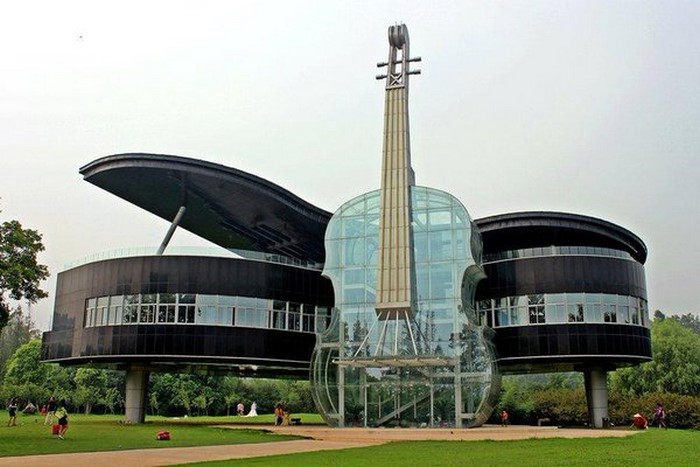Music has been used in architecture for centuries to create a specific mood or feeling. Certain types of music can be used to increase productivity or calmness. Music can be helpful in creating a sense of space and scale in a room. It can be used to disguise unwanted sounds or echoes. Music can add an extra layer of interest and beauty to a building. Let’s look at some of the benefits of incorporating music into architecture and see how you can contact home remodeling minnesota for this service.

Background Noise
One of the most obvious ways that music can be used in architecture is as background noise. In busy public spaces like airports and shopping malls, soothing music can help to reduce stress levels and create a more pleasant environment. Similarly, in places like hospitals and clinics, where anxious patients are often waiting for news about their health, calm music can help to create a sense of peace. At the other end of the spectrum, upbeat music can be used to energize those who are working out in a gym or running on a treadmill. In fact, research has shown that people who exercise to upbeat music tend to work out for longer and feel more motivated than those who don’t listen to music at all.
Creating a Sense of Space and Scale
Music can also be used to create a sense of space and scale in a room. For example, in a large open-plan office, soft background music can help to reduce the feeling of isolation that some employees may feel. In a more intimate setting, such as a hotel lobby or a luxury store, classical music can add an air of sophistication.
Disguising Unwanted Sounds
In some cases, music can be used to disguise unwanted sounds or echoes. This is often the case in places like swimming pools, where the sound of water splashing can be masked by background music. In other cases, such as in a office with a lot of hard surfaces, music can help to reduce the amount of echo.
Adding an Extra Layer of Interest
Finally, music can add an extra layer of interest and beauty to a building. In a museum or art gallery, for example, classical music can provide a thought-provoking backdrop to the exhibits. In a hotel, soft jazz playing in the lobby can create a sense of relaxation for guests. And in an office, upbeat pop music can help to inject some fun into the workday.
There are many benefits to incorporating music into architecture. By carefully selecting the right type of music, architects can create spaces that are more enjoyable, productive, and calm. And by using music to disguise unwanted sounds, they can create environments that are more pleasant for everyone.


